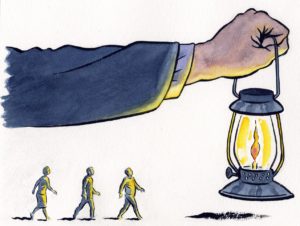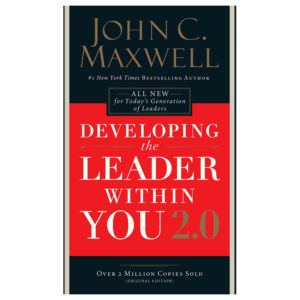
Learn from the mistakes of others. You can never live long enough to make them all yourself. – Groucho Marx
I’d like to share with you about the time I was passed out on the kitchen floor at my parent’s house. In my defense, alcohol was involved.
I was around 10 or 11, and my sister and I were in the big field out behind our house. As we were walking along, I was pulling weeds. We were headed back to the house and as we were making our way to the backyard, I reached down to pull one last weed out of the ground before going inside. This time when I did, it slit my index finger open.
As we approached the house, my instinct was to go up to the water faucet and start cleaning it up. Blood was everywhere and my blue winter coat was soaked in it which only created more alarm on the part of my sister who promptly went inside to tell my mother – not a good move.
Once inside, my mother did as I had predicted she would – she panicked! My dad was at work and so she was almost hysterical in trying to figure out what to do. She had me stand at the sink and put my hand over it so as not to spill blood on the floor. Then she left.
A few moments later she returned with a bottle of rubbing alcohol. I was under the impression that she would only pour just a little of it on my finger in order to “kill the germs”. In her panic and to my astonishment, my mother turned the bottle upside down and proceeded to pour all of it onto my finger!
For a brief moment I recalled letting out a scream – but not much after that as I then passed out onto the kitchen floor. In her desire to help me with my cut finger, I was now passed out on the floor that she didn’t want any blood on just moments before.
There are a few lessons I learned from that experience that applies to us in leadership. See how these resonate with you.
Sometimes problems look worse than they are
As a leader, you will experience problems and issues of varying degrees all the time. In those moments, be careful not to exaggerate the problem beyond what it is. It’s likely you will have others around you doing that already. Your job as the leader is to accurately define the situation and calmly convey the right course of action that’s needed. Not every problem requires you to dump the whole bottle of alcohol on it to fix it. Stay calm and think it through.
Sometimes the “cure” is worse than the problem
In a way that I am not fully capable of explaining, my sweet mother, God rest her soul, in the heat of the moment believed that an entire bottle of rubbing alcohol was the “cure” to my cut. There will be times in leadership when those around you may propose a solution to a problem that is not worthy of the problem. Click To Tweet In the heat of the moment, you need to be clear-eyed and accurately assess the situation and not make matters worse. The damage caused by the cure can make a very manageable problem much larger simply by doing the wrong thing.
Sometimes you have to hide the alcohol from your mother
I am now able to look back on that experience and laugh over what happened that day. But had I known what was going to happen before leaving the house to go on that walk, I would have hidden that bottle of rubbing alcohol from her.
As a leader, you will be exposed to people from whom you need to hide the alcohol. I bet you can name at least one of them now, am I right? But more importantly, as a leader, you need to be about training your people not to see “problems” but to see the opportunities before them and gear them toward a solution mindset versus a problem mindset. Then when they come to you, they don’t just come with a problem, they come with ideas on how to solve it.
Let’s be careful not to make the cure worse than the problem. There is a better way.
©2021 Doug Dickerson











 In the book,
In the book, 
